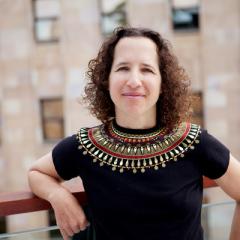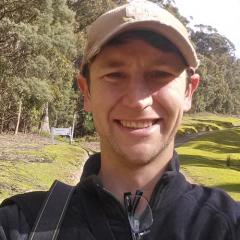Australia has a wealth of islands, over 9,200 of them, large and small, ranging from tropical to sub-Antarctic, and from off-shore to near-shore. Many of these islands support unique, endemic and threatened flora and fauna. These islands are scattered across vast latitudes and across jurisdictions, making coordinated, effective and targeted conservation management on islands challenging.
A new, reliable source of unique data
A long-term project funded by the Australian Government’s NESP Threatened Species Recovery Hub, led by CBCS’s Professor Salit Kark along with Dr Peter Baxter, Dr Andrew Rogers and in collaboration with multiple colleagues, has responded to this challenge by creating the first national database of threatened species on Australian islands. Launched in late 2021, this new database breaks ground by being a unique source of data documenting islands that host threatened species, covering multiple taxonomic groups. The researchers compiled both new and existing data into three interlinked tables, including the Island Occurrences of Threatened Australian Species (IOTAS), All Threatened Species, and Islands tables.
The team also combined and edited four recent invasive species databases to form the first combined database of weed and vertebrate pest species records on Australian islands. This latter database is still under development and has incomplete records, but can provide preliminary insight into potential distribution and impacts of invasives on native island species, such as threats from feral predators.
The study suggests that Australia’s islands hold multiple threatened species across a range of taxa – 281 threatened species occurring on 317 islands. Some of these threatened species (8.8%) occur only on islands, especially plants and birds.
The oceanic Norfolk Island has by far the highest number of threatened species (55, mostly plants) of all Australian islands. See this story about a new handbook by CBCSers that details how to propagate threatened Norfolk Island plants.
Building the database
The project team collated, verified and assessed data on threatened terrestrial plants and animals (invertebrates, freshwater fish, frogs, reptiles, birds and mammals) across all Australian islands, and complemented the database by combining existing and new data on key invasive vertebrate species on islands. They used data on species listed as threatened by the IUCN Red List and/or the Australian Environment Protection and Biodiversity Conservation Act 1999.
For species whose distributions include Australian islands, data was compiled on their past and present island occurrence using the primary and grey literature and expert knowledge. This data collation was done in conjunction with Professors John Woinarski and Stephen Garnett from Charles Darwin University. Where possible, the researchers verified species distributions and information with local and regional experts from state environment departments, researchers and various regional conservation and managers across Australian states and territories.
A legacy for the future
The new threatened species on islands database is accompanied by a user manual and video created by the research team. This exciting new resource can be used to inform policy development, target management actions, identify knowledge gaps, as well as support the prioritisation of conservation actions for species on Australian islands. The database will help provide guidance on allocating scarce management resources within and across islands for threatened and invasive species, and help guide future conservation priorities and decisions as well as study the impacts of factors such as climate change, fire and human pressures on Australia’s islands.
The database can be accessed here.



